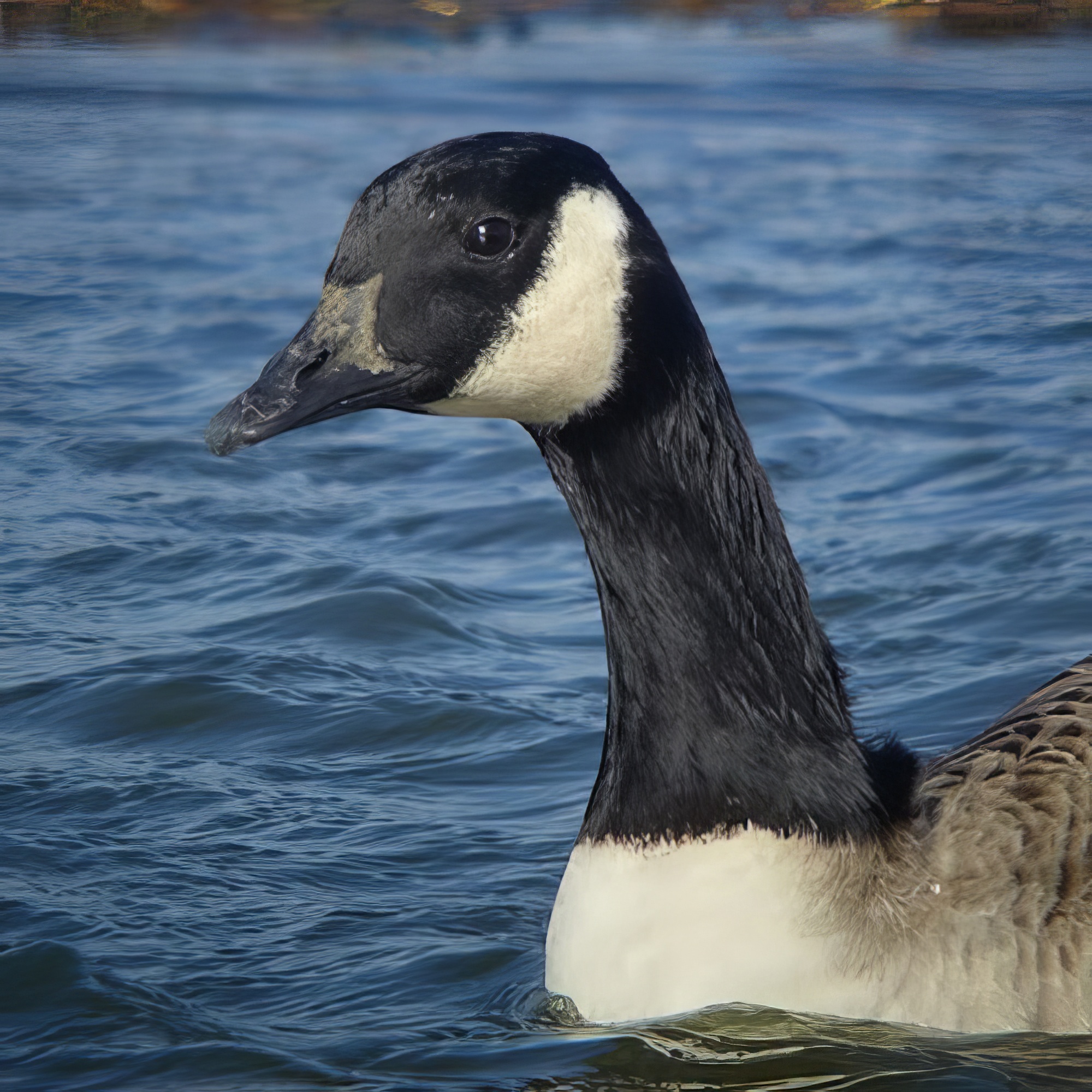Canada Goose Branta canadensis
Common resident, introduced from North America in the eighteenth and nineteenth centuries. Occurs on coastal and inland wetlands. The taxonomic status of Canada geese has recently changed with Canada Goose Branta canadensis and Cackling Goose B. hutchinsii now being recognised as two distinct species. Only Canada Goose occurs as a feral resident in Britain.

Canada Goose at Gibraltar Point October 26th 2014 (Russell Hayes).
Canada Goose is an invasive species and colonises new waterbodies rapidly. The Atlas estimated a breeding population of around 700 pairs in the late 1980s with a wintering population of some 2,500-3,000 birds. It has become more widespread since then and the breeding population has almost certainly increased though it is difficult to say by how much. Based on the latest LBRs the wintering population is at least 3,000 birds.
Since it was recognised as a full species, there have been no accepted records of wild Cackling Goose, B. hutchinsii, in the county. Neither have there been any records of the rare subspecies of Canada Goose so far. Birds treated as “escapes” are dealt with in that section.
(Account as per new Birds of Lincolnshire (2021), included September 2022)
